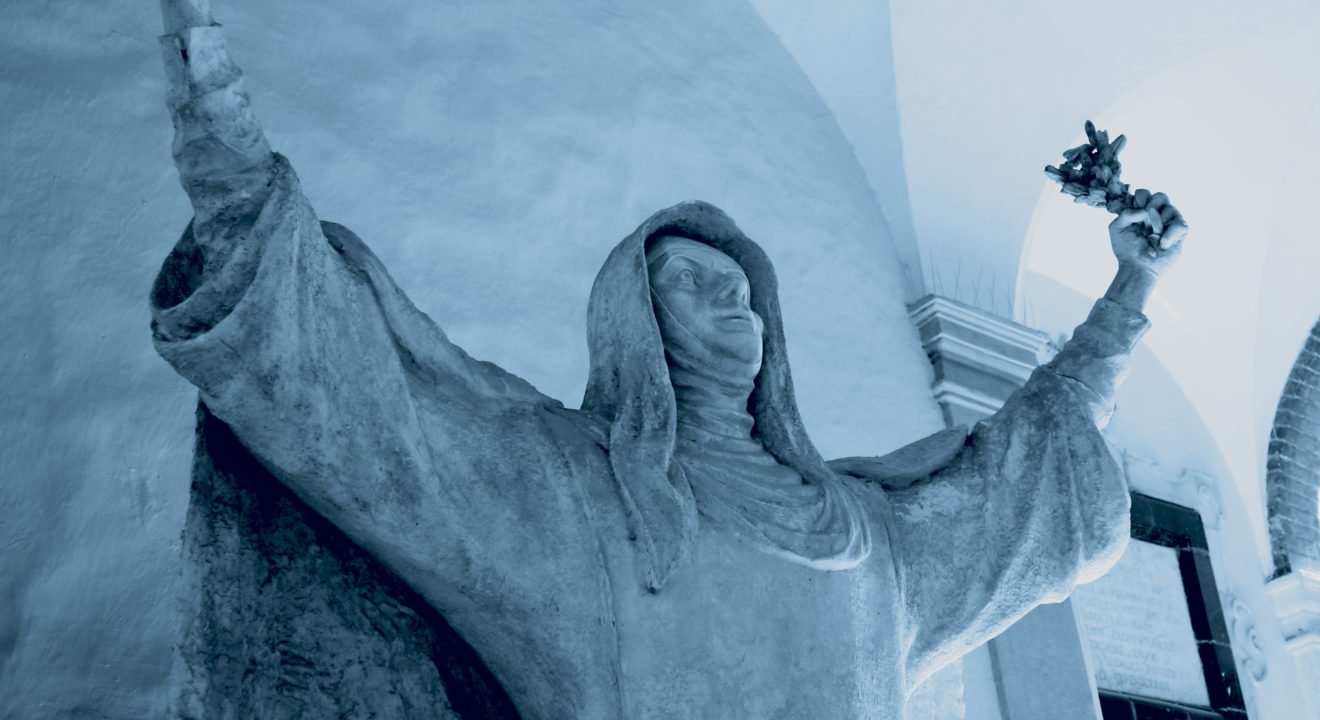Inspiration February 9, 2017


In our ongoing series #WomenThatDid, ENTITY profiles inspirational and famous women in history whose impact on our world can still be felt today. If you have a suggestion for a historical powerhouse you would like to see featured, tweet us with the hashtag #WomenThatDid.
NAME: Catherine of Siena
LIFETIME: March 25, 1347 – April 29, 1380
WHAT SHE IS KNOWN FOR: Catherine of Siena, one of the famous women in history, was a tertiary of the Dominican order and a philosopher and theologian. She worked to bring the papacy back to Rome after it was displaced to France. On June 18, 1939 she became one of two patron saints of Italy, and she is also one of six patron saints of Europe.
WHY WE LOVE HER: Catherine was born a twin in plague-ridden Ravenna. She was one of 24 children, half of whom died in infancy. As a child she was nicknamed “Euphosyne,” meaning “joy” in Greek. She is said to have had visions around five or six years old and vowed her life to God. Rather than enter an abbey, she chose a life outside of the convent walls, in the style of the Dominicans. She was taught how to read there, but lived with her family. However, she existed in almost total silence and solitude.
In 1368, at the age of 21, she experienced a mystical marriage with Jesus and she promised him to enter the public life of the world. She began taking care of the poor and ill in hospitals. In 1377 she founded a women’s monastery and spent the rest of the year there. When the papacy entered into a schism in 1378, she was summoned to Rome and tried to convince the cardinals of the new pope’s legitimacy. Throughout her life, she restricted herself from food. She received the Holy Eucharist daily, but to her peers her fasting appeared unhealthy. She died of a stroke on April 29, 1380.
FUN FACT: Later in her life, Catherine taught herself how to write. She wrote three of her own works, which still survive today. Three hundred of her personal letters to the pope, her confessor, kings of Europe, and other prominent figures survive, as well. In addition, she wrote 26 of her own prayers in the last months of her life.